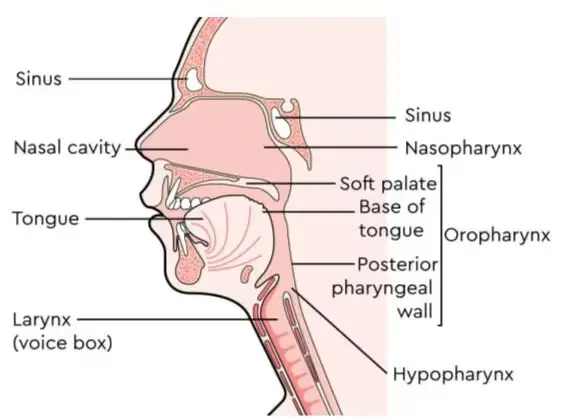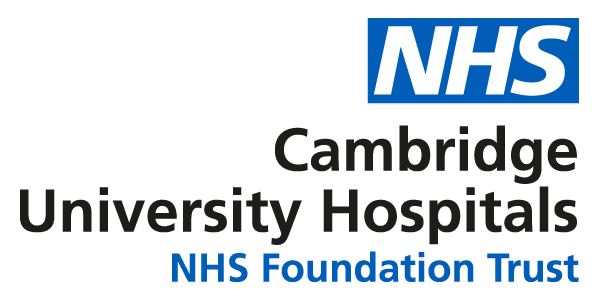Head and neck cancer is a general term used to refer to different cancers that start in the tissues of the head and neck area.
These cancers include:
- laryngeal cancer - starts in the voice box (larynx)
- hypopharyngeal cancer - starts in the lower part of the pharynx, called the hypopharynx, situated behind the voice box (larynx)
- mouth and oropharyngeal cancer - starts in the lips, gums or soft sides of the mouth (the oropharynx)
- nasal and paranasal sinus cancer - starts in the lining of the space behind the nose (nasal cavity) or in the small, air-filled spaces within the bones close to the nasal cavity (paranasal sinuses)
- nasopharyngeal cancer - starts in the area behind the nose, where it meets the throat (the nasopharynx)
- salivary gland cancer - starts in any of the glands that produce saliva
- throat cancer - starts in any of the different structures and areas within the throat
- tongue cancer – can be classed as a mouth or oropharyngeal cancer, depending on whether it starts in the front or the back of the tongue
- tonsil cancer - develops in the part of the throat just behind the mouth, called the oropharynx
- cancer of the ear – can start in the outer, middle or inner ear

The symptoms depend on where the cancer started in the head or neck. Certain symptoms may require an urgent referral to see a specialist (within 2 weeks).
Some of the symptoms of head and neck cancers include:
- persistent mouth ulcers (for more than 3 weeks)
- red or white patches in the mouth
- difficulty swallowing
- a lump in the neck, on the lip or inside the mouth
- changes in voice
- a sore tongue
- throat pain
The most common type of head and neck cancer is squamous cell carcinoma (SCC), which starts in squamous cells. Squamous cells are the cells that line the surfaces inside the head and neck, such as the mouth, nose and throat.
The most common place for head and neck cancer to spread to is the lymph nodes in the neck, which may cause swelling of the lymph nodes. Lymph nodes are part of the lymphatic system, which is responsible for fighting infections, and helps protect the body from diseases.
Treatment for head and neck cancer at CUH
The treatment you have depends on several factors, which include:
- the type and size of the cancer
- where the cancer is located
- the best way to maintain appearance, speech and swallowing
- your general health
A team of specialists at CUH will meet to discuss your condition and to make a recommendation about the best possible treatment for you.
You, along with your clinician, will then discuss your treatment recommendations at the clinic appointment and decide on the right treatment plan for you. Your clinician will explain different treatment options and possible side effects.
The treatment for head and neck cancer can include:
- surgery
- radiotherapy
- chemotherapy
- laser treatment
- immunotherapy
- targeted therapy
- clinical trials
Surgery is one of the most common treatments for head and neck cancers. Where possible, surgery will treat the tumour by resection or laser. Your surgeon may also remove the lymph nodes in your neck if the cancer has a reasonably high risk of spreading there.
At times however, you may require more than one treatment or a combination of different treatments to give the best chance of long-term cure and to help reduce the risk of the cancer coming back.
If treatment is likely to have an effect on your appearance, speech, swallowing or eating, your doctor and nurse will talk to you about this. Your clinical team will help you plan your treatment so the effect on any of those is as little as possible.
You may also see different specialists such as a dentist, speech and language therapist (SLT), dietitian, specialist radiographer or clinical nurse specialist, who will support you during your treatment.
Read more about the different types of treatment on our website.

